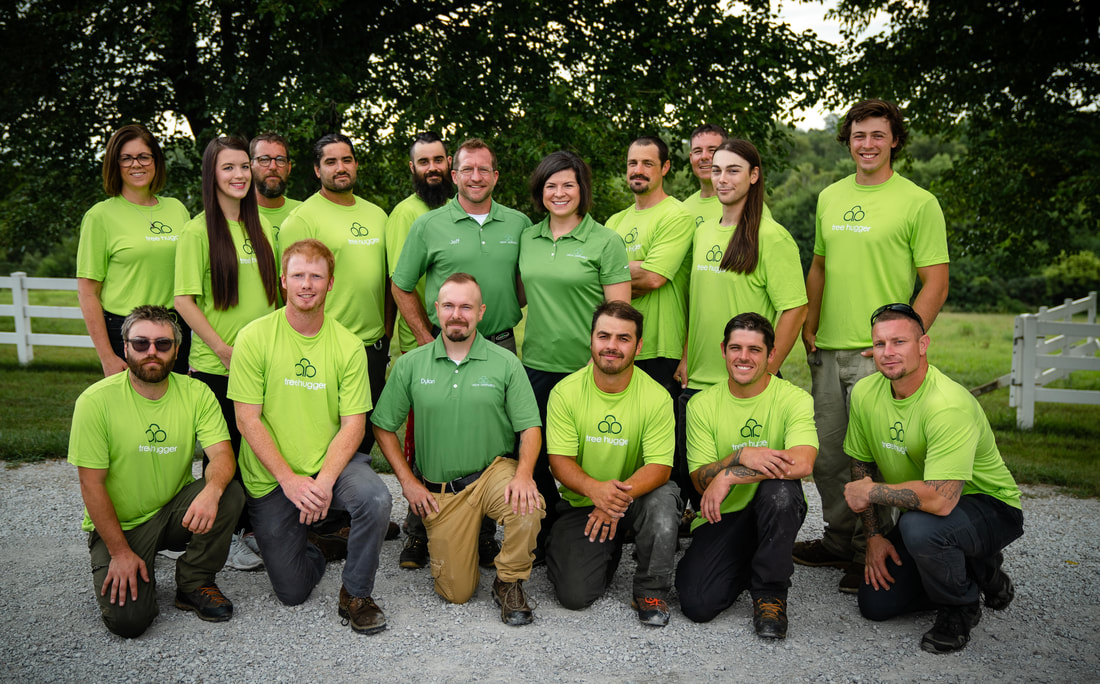Home » Tree Improvement (Page 2)
Category Archives: Tree Improvement
COST OF TREE REMOVAL SERVICES
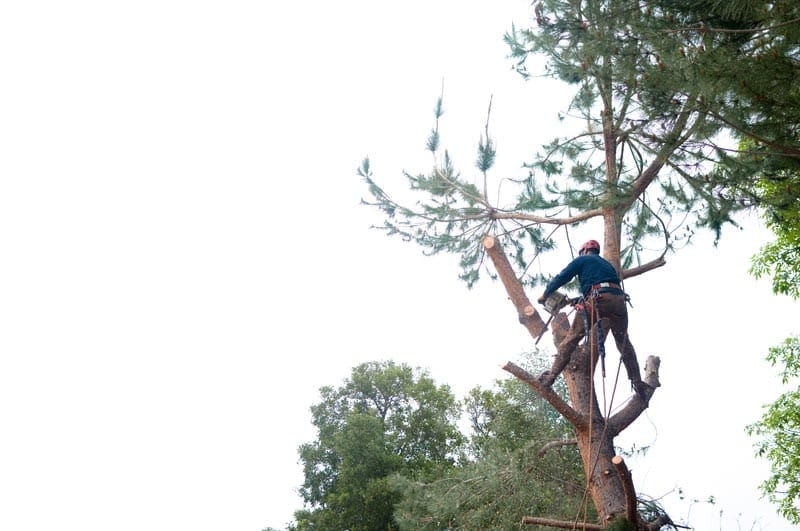
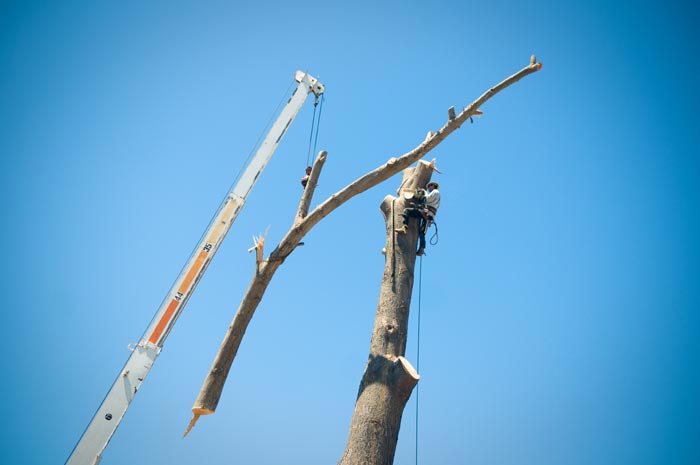
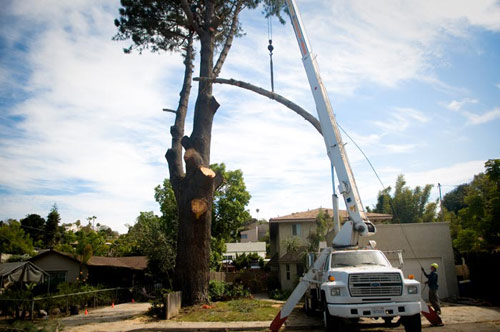
Tree removals vary widely in their size and difficulty. Because no two tree removal jobs are the same, providing a reliable quote without examining the tree and property in person is almost impossible. Too many factors influence the scope of the project, such as canopy density, trunk girth, and carrying distance to the chipper and truck.
While some homeowners may attempt a simple tree trimming, amateur tree removals can quickly go awry when the direction of the fall of limbs or the trunk is miscalculated. Unfortunately these errors can result in property damage or in bodily harm or death, in the most tragic cases. Only small tree removals can be deemed safe to be performed by an amateur, but even those small jobs can easily end up being an all-day Saturday project.
Tree removals jobs are time-consuming and dangerous to both people and properties. However, with proper equipment, our trained and skilled tree crew can remove trees of all sizes as safely as possible. No seasoned tree company can ever boast in never damaging property when performing a tree removal job — because the nature of the job is downright dangerous, more so with larger removals. It involves heavy limbs and trunks suddenly breaking away from their support source, and sometimes crashing to the ground. This is why it is important to hire a professional and licensed tree company with a good reputation and the proper machinery, in order to help alleviate any potential dangers.
WHAT FACTORS INFLUENCE TREE REMOVAL COSTS?
- Canopy density
- Trunk girth
- Tree or palm species
- Proximity of the tree to dump truck and chipper’s location
- Ease or difficulty of the terrain
- Number of trees
- Proximity to structures, fencing, or sensitive landscaping
- Proximity to hazards, such as electrical lines
- Emergency work that requires immediate action, especially during the company’s off-hours
HOW MUCH DO TREE REMOVALS COST?
Provided are price ranges depending on the tree’s height, however, the range is wide due to the preceding factors that influence the final cost.
- 30 ft or less = $100 – $500 per tree
- 30 ft – 60 ft = $200 – $1,500
- Over 60 ft = $1,500 or more per tree

COST EXAMPLES
To give a clearer understanding of what your tree removal can cost, here are some examples of removal jobs that are commonly incurred in Southern California. As with all jobs, the cost can be lower or higher depending on the different factors that determine the ease or difficulty in performing the removal.
- 50 ft Mexican fan palm with little or no dead palm frond skirt = approximately $800
- 50 ft Mexican fan palm with a 15 ft frond skirt = approximately $1,500
- 60 ft Eucalyptus with a base diameter of 24 inches = approximately $1,400
- 50 ft Canary Island pine = approximately $1,200
- 15 ft citrus tree = approximately $400
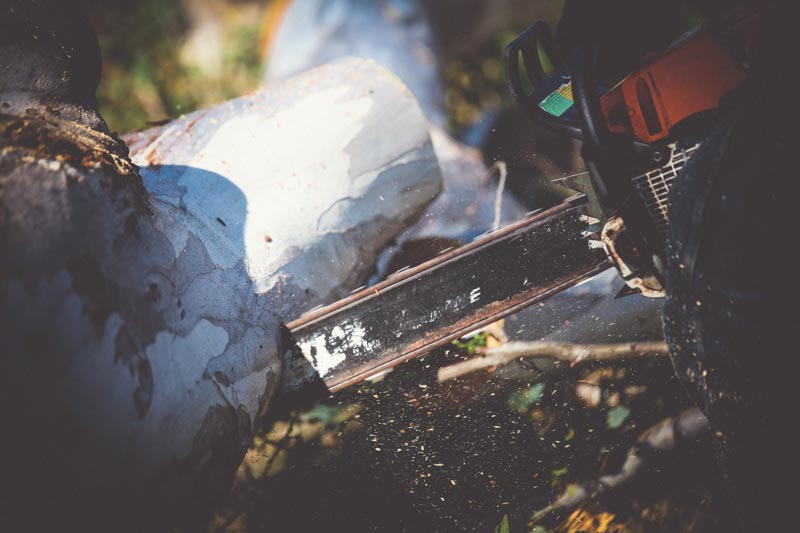
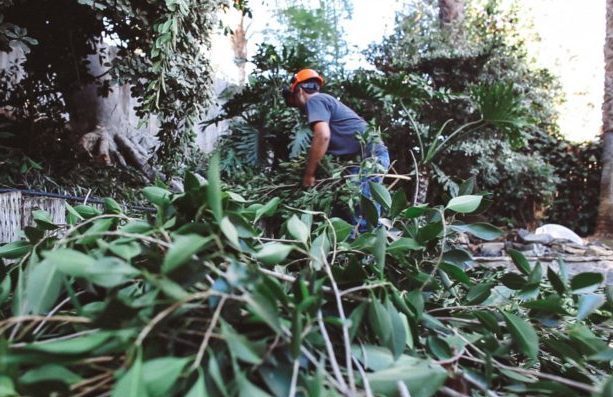
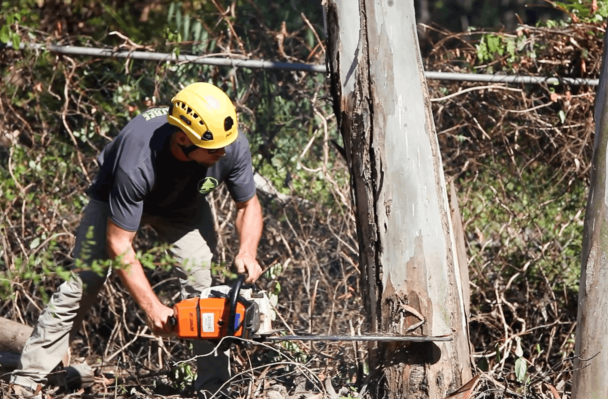
OPTIONAL STUMP REMOVAL
Tree removal jobs involve the removal of everything from the base of the trunk and upwards. On some jobs, the stump and roots are left to save on cost, but in most cases, they are removed to completely finish the project and prevent regrowth. For this reason, we always recommend having the stump removed along with the rest of the tree removal, but tree removals can be costly, so we understand when a client chooses to delay the stump removal for a later date.
As with any tree project, the cost for stump grinding varies greatly from as low as $50 for a simple, small stump to over $1,000 for larger stumps which are located on difficult terrain, such as a steep, hard-to-access slope.
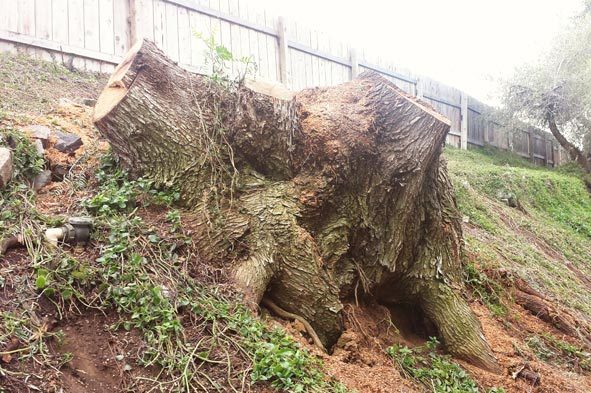
EMERGENCY TREE REMOVAL
Unfortunately, some trees can be very unpredictable. Even the most non-threatening tree can suddenly fall — sometimes resulting in a devastating aftermath. Due the sudden and urgent nature of emergency tree removals, the cost for these jobs tend to be higher than your average tree removal job. Changes need to quickly be made to our company schedule, crews need to be redirected or even regrouped in the middle of the night, and our tree specialists get to work as soon as possible to clear out the fallen trunks and limbs.
The following factors influence the final cost of an emergency tree removal.
- Urgency of the job
- Size of the fallen tree and material
- Odd working hours, such in the middle of the night or holiday
- Difficulty and sensitivity of tree location, such as fallen trees on power lines or through homes



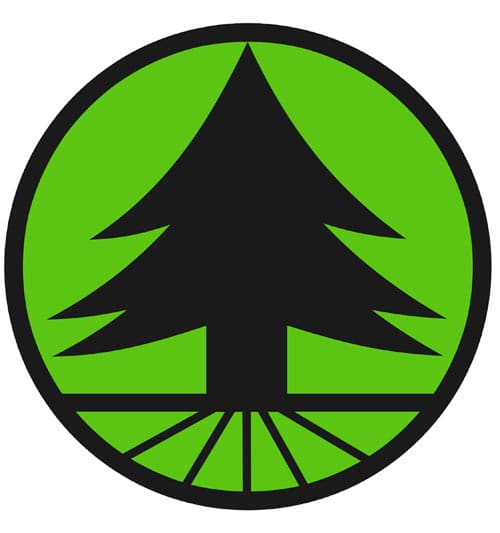
IN NEED OF A TREE REMOVAL?
Contact LC Tree Service today for your free consultation!
The post COST OF TREE REMOVAL SERVICES first appeared on San Diego Tree Trimmers – LC Tree Service.
Did you miss our previous article…
https://www.treesforeducation.com/?p=163
Arbor Aesthetics Tackles Accreditation with Virtual Audit – Tree Care Industry Association Magazine
|
We are honored to be featured in the March 2021 issue of the Tree Care Industry magazine. Every March, the association dedicates the issue to the incredible leading women of the industry. This year, nine articles (over 40 pages!) featured women, which is a big deal for a male-dominated industry.
As everyone in tree care faces the challenges of working through a pandemic, some businesses actually seem to be thriving, as is the case with Arbor Aesthetics Tree Service, a seven-year TCIA member company based in Omaha, Nebraska. Certified Arborists and co-owners Amy and Jeff Grewe have watched their business grow exponentially over the past year, prompting them to make the decision to pursue TCIA’s Residential/Commercial Accreditation during an already busy and challenging season.
The couple met in 2013, the first year Jeff’s young tree care company became a TCIA member. “I knew nothing about trees when I met Jeff,” Amy notes. “He said he was a climber – I didn’t know climbing trees was even a profession! “My education is in graphic design, but I also had several years of bookkeeping experience,” she continues. “In 2014, I saw a bill from his accountant’s office, and I remember thinking, ‘Wow, that’s more than I make in a year!’ So we made the decision that I would quit my job and come on board full time in his office. I looked at his office processes, which were virtually non-existent, and I also started answering his phone during business hours for the first time ever, since he was always out working with his crew during the day.” Amy and Jeff were married in 2015 – “We were business partners before we were married,” she says with a laugh – and Amy became a Nebraska certified arborist in 2016. “I found I really enjoyed talking to customers about trees, but I needed to know what I was talking about. Jeff and I went to classes and workshops together, and I’ve grown to love being part of the industry. Tree people are good people, intelligent and caring.” As a woman co-leading a tree care company, Amy says she brings a unique perspective to the business. “I think I’ve been an organizational asset for sure,” she explains. “Also, I think women have a knack for anticipating people’s needs and managing people’s expectations, which plays into providing excellent customer service. I definitely brought a shift to a customer-centric approach to the business.” Amy also talks about instituting the company’s “Gift of Beautiful Trees” program, which she and Jeff launched in 2015. Every year since then, the couple has chosen a deserving family to receive up to $3,000 in tree-trimming and/or removal services. “Proper tree care can be expensive for the average person,” Amy explains, “so we began asking for nominations of families or neighbors who might not have room in their budget for tree care. It’s really amazing to me that something as simple as trimming or removing a tree can provide so much hope and change the trajectory of someone’s life when they are living through a challenging season. It lets people know that their community is there for them in their time of need. They feel seen.” An important aspect of Arbor Aesthetics becoming accredited was instituting a formal training program. Now every new hire is put with a crew leader they can go to if they have questions and who becomes their mentor. This may be one of the reasons Omaha Magazine has named Arbor Aesthetics Tree Service as its “Best of Omaha” tree service for the sixth consecutive year. When it came time to consider Accreditation, Amy relates that the process happened in fits and starts. “We first looked into Accreditation at the 2015 Winter Management Conference in Cabo,” Amy explains. “But then we got married right after Winter Management and had a baby the next year, and I just didn’t have the time I knew it would take to devote myself to doing it right. When we started growing and getting really busy, I knew we needed to have more processes in place or this whole thing was going to fly off the tracks. “I’m not going to sugarcoat it – I was totally overwhelmed when I first looked at the process. But I put up a huge white board in the office and broke it out into tiny, tiny pieces, so that every day I could check something off the list and maintain momentum. “A good friend of ours, Joseph Eves at Coastal Tree Care in San Diego, also is accredited, and he told me I had to find a way to enjoy the Accreditation process. Can you imagine?” Amy says with a laugh. “I’m very detail oriented, so the biggest hurdle for me was to realize that it was better to call it done than to strive for perfection.” According to Amy, who says it was about six months of “pedal to the metal” to complete the process, implementing a safety program was the biggest challenge. “I really wanted it to be specific to our company, not just something adopted from someone else’s program. Not having field experience made it especially challenging to me. I would ask Jeff my safety questions, and he would help me figure out what I needed. As a result of Accreditation, we realized we had a dire need for a safety director, and Matt Horan got his CTSP credential as a result and was more than happy to step into that role.” Arbor Aesthetics now has what Amy calls a “peer-to-peer safety program” with weekly safety tailgate meetings led by crew members. One artistic team member drew comics illustrating the topic of distracted drivers, and another put together a PowerPoint on the subject of aerial-lift safety. “We think the best way to learn is by teaching,” Amy notes. Another important aspect of becoming accredited, according to Amy, was instituting a formal training program. “We found this particularly helpful. Now every new hire is put with a crew leader, so they know who to go to if they have questions. The crew leader becomes their mentor, and they are given expectations from the get-go.” Jeff Grewe with one of the company vehicles. DOT compliance was one of the areas Arbor Aesthetics was able to improve on as part of the Accreditation process, according to Amy Grewe.Her biggest surprise, notes Amy, was the section pertaining to CDL drivers. “I didn’t know anything about DOT random drug-testing requirements, and that part was sort of confusing to me. We also weren’t compliant with the DOT’s daily vehicle inspections – that part was new to me. Now everything is documented. I have no doubt that the documentation we have now could potentially save lives.” Arbor Aesthetics was one of the first companies to go through a virtual audit process, which Amy says went quite smoothly. “We had about a two-hour Zoom meeting. I think I was probably over prepared, but that’s just my personality. I also needed to send photos of things like proper aerial-lift use, climbers having two tie-in points, proper PPE and safe roadside setup.” When asked whether she thinks Accreditation is of value, Amy notes, “Anyone who is uncertain whether becoming accredited is a good investment should know that the return on your investment of time and energy will pay itself back in dividends. We should have implemented a lot of these things years ago. This is an opportunity to step back, zoom out and look at how all aspects of your business are working, or not working, together. It’s an opportunity to design your company again from the ground up and put it to paper. “I see an attitude shift in our company in that we’re doing these things not just to check boxes,” she continues. “We see the big picture, and we value the processes that have been put in place to hold each other accountable, protect each other, communicate our vision across the organization and ultimately provide an unbeatable experience that our clients can feel and appreciate.” |
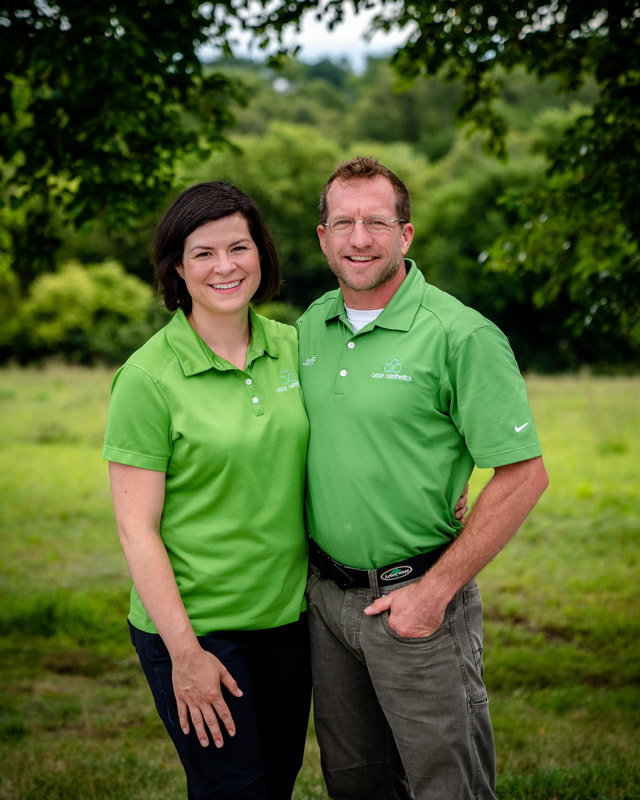
Jeff & Amy Grewe, owners
|
Arbor Aesthetics Featured in Midland’s Business Journal
|
Check us out in the Midlands Business Journal talking about our growth in 2020 and our future plans. Regarding our customer experience, Jeff says, “From the first phone call into the office to the last twig raked from the yard, it is a beautiful experience because it is just so unbelievably the way it is supposed to be. It is friendly, it is timely, and there is communication all the way through.”
READ HERE: 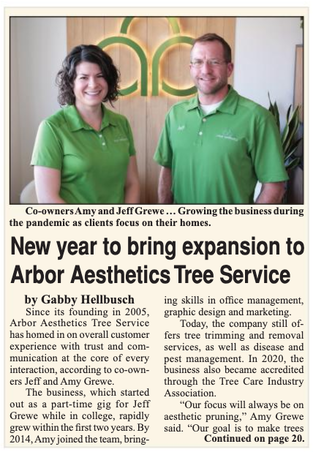
|

|
Did you miss our previous article…
https://www.treesforeducation.com/?p=137
Arbor Aesthetics earns Accreditation by the TCIA
|
OMAHA TREE CARE COMPANY BECOMES SECOND IN NEBRASKA TO EARN ACCREDITATION
Program helps consumers find high-quality tree care companies Arbor Aesthetics Tree Service, a residential tree care company located in Omaha, Nebraska has been accredited under a new Tree Care Company Accreditation program administered by the Tree Care Industry Association (TCIA) and built on the threefold foundation of ethics, quality, and consumer confidence. The new program represents the only business practices and compliance audit process in the tree care industry. Under the process, businesses undergo extensive review of professional practices aimed at safeguarding consumers. The review includes: ► best business practices ► ethical business conduct ► formal training and certification of employees ► compliance with industry standards ► consumer satisfaction ► adherence to safety standards ► insurance coverage TCIA Accreditation means Arbor Aesthetics adheres to all the accreditation standards and has undergone a rigorous application process. TCIA verified this by conducting an on-site audit of Arbor Aesthetics. TCIA Accreditation for Arbor Aesthetics is in effect for a period of three years, with renewal check-ups required every year. The annual renewal ensures that the required number of certified arborists are still on staff, that the company is still properly insured and that the company has a good safety and consumer satisfaction rating. The company is re-accredited every three years. According to TCIA president Mark Garvin, “TCIA Accreditation provides consumers a way to find tree care companies that are trustworthy in their business and tree care practices. Our TCIA Accreditation program is the only one of its kind in America and will give consumers peace of mind.” The process of becoming accredited is no easy task, according to Amy Grewe, President. “The process is incredibly thorough. They left no stone unturned,” states Grewe. “Jeff and I are pleased that in our 15th year in business, we have finally been recognized as one of the best tree care companies around, joining only one other accredited company in Nebraska. Garvin echoes that sentiment. “Arbor Aesthetics has made a commitment to excellence in all facets of its business. I applaud their efforts.” |

|
How to know when a tree stump removal is necessary
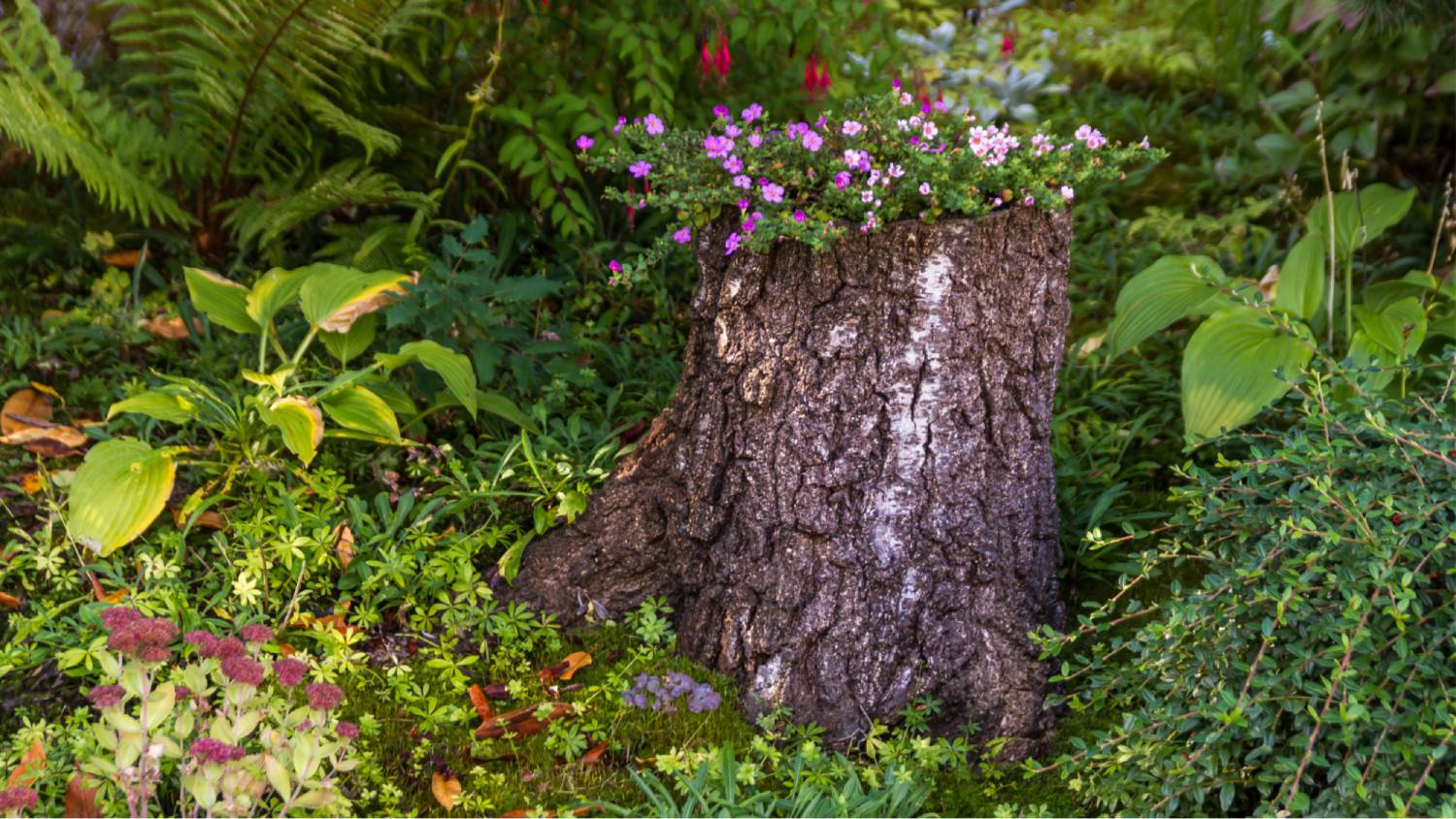
Understanding the benefits of removing a tree stump
To some, a tree stump can be an eyesore. To others, it can be a safety hazard. Whatever you think about the tree stump in your backyard you’re probably wondering why it’s still there. The rest of the tree including the trunk and branches are generally easy to remove. Depending on the size, health and species of the tree, it can be very difficult to remove the stump. Some homeowners choose to leave the tree stump in due to the difficulty of removing it.
A tree stump could be in an awkward position such as the corner of the backyard where it’s right up against the fence. If this is the case it can be very challenging to remove the stump and its roots without damaging the fence in the process. Sometimes it’s more about the cost of removing a tree stump. The tree removal process can be cheaper when the removal of the stump isn’t included in the service fee.
So how do you know when a tree stump removal is necessary for your backyard? It can come down to your personal preferences for the way your backyard looks, pricing for tree removal, and the safety of your backyard. You have to weigh up the pros and cons for yourself when it comes to tree stump removal. To help you make the right decision, we’ll break down what the benefits and disadvantages are for keeping a tree stump or calling on a tree stump removal service.
The look of your garden
A tree stump on its own can become an instant eyesore in your backyard. Especially when it’s standing on its own in the middle of the lawn where everyone can see it. If your tree stump is in a dense, bushy area it may not be so obvious. One way to cover up your unsightly tree stump is to surround it with dense garden features like pot plants, shrubs, bushes, or features like a fountain or garden bench.
Another reason to be concerned with a tree stump is the effect it has on your property’s value. If you’re looking to sell your house then an unsightly tree stump is only going to hamper the look of it. Your backyard can look more unkempt with a tree stump in it. A front garden is often part of a prospective buyer’s first impression when they see a house. So when they spot an unsightly tree stump, it may give them the impression that the house hasn’t been maintained very well.
Causing a safety hazard in your backyard
Many parents appreciate the value of playtime for kids in the backyard. But safety should always be a top priority. As a parent, you want to rest assured that your kids have a backyard to play in that’s free from safety risks. Unfortunately, a tree stump can pose a significant threat to safety in your backyard. It’s easy for anyone to trip and stumble over the root or the tree stump itself.
A tree stump can also be a liability. Imagine a neighbour or local trips over a tree stump in your front yard. You could be deemed liable for the incident and may have to pay for a costly lawsuit if someone sustains injuries from tripping over your tree stump. All of this unnecessary stress can be avoided by simply organising a tree stump removal for your front yard.
A pest control issue waiting to happen
One of the unfortunate issues with dead plants and trees is that they can attract pests. That’s why it’s so important to regularly prune the trees and plants in your backyard. When there’s less dead plant matter, there’s less food for pests and diseases. Unfortunately, dead tree stumps can instantly become a haven for garden pests and diseases.
Carpenter ants, termites, and other insects that feed on the wood are naturally drawn to dead tree stumps. Once these insects make a meal of your tree stump it’s only a matter of time until they make their way over to the healthier plants and trees in your backyard. Their presence in the backyard can also spell bad news for your home. As you’re probably already aware, insects like termites can make the jump from trees to the timber frames of your home.
So without ordering a tree stump removal, you could be putting the structure of your home at risk. If your home is prone to pests like termites and carpenter ants then it’s best to eliminate anything that might attract them in the first place.
Order a tree stump removal from Daryl’s Tree Care today
If you want to avoid all the risks associated with having a tree trunk in your backyard there’s a simple solution you can rely on. Call a tree stump removal expert today. Here at Daryl’s Tree Care, we have the right equipment for carrying out a fast and effective tree stump removal. Our experienced and skilled arborists understand the safest and most effective ways to remove a tree stump without putting the rest of your backyard in harm’s way. Contact us today to get a free quote on a tree stump removal for your backyard.
The post How to know when a tree stump removal is necessary appeared first on Daryl's Tree Care And Surgery.
Western Hemlock Tree – Tsuga heterophylla
What the Western Hemlock Tree Looks Like
The Western Hemlock tree is a graceful, dense and handsome evergreen belonging to the Pinaceae family. It has soft needles on its drooping branches. Since it is so dense, it casts a heavy shade and there is not much that can live beneath.
Its shape is broadly conical and it has a narrow crown. When Western Hemlock trees are mature, they grow up to 45 metres in height. They grow taller when in their native habitat, however, and grow between 50 and 70 metres tall (165 to 239 ft). In terms of girth, the trunk usually has a diameter measuring up to 2.7 metres (9 ft), making it the largest of the hemlock species. The bark of the Western Hemlock is dark brown with thin and rugged ridges.
The needles of this tree smell similar to grapefruit when they are crushed. They have rounded tips and are flat and soft. The underside of the needles has two white stripes, and they are long when they are on the sides of the twigs than when they are on the top.
The Western Hemlock’s cones don’t have stalks. They are pendulous and small and their scales are flexible, thin and papery. When they are mature they are a grey-brown colour; immature cones are green.
The scientific name for this tree is the Tsuga heterophylla.
This tree is similar to other hemlock spruce trees. It has a similar smell to the herb hemlock, hence its name but it is not related to this highly toxic plant.
History of the Western Hemlock Tree
This species is not native to the United Kingdom; it was introduced here in the 19th century.
Symbolism and mythology associated with the Western Hemlock Tree
There has been an association of the Western Hemlock tree with women among some ancient traditions of North America. The female warriors of the Kwakwaka’wakw people made western hemlock headdresses for their ceremonial dances.
In the United Kingdom, Queen Victoria was a huge fan of Western Hemlock trees. She even asked for the name to be changed to honour her husband Albert. The name Tsuga albertiana was used for a while but now its scientific name is Tsuga heterophylla.
The Western Hemlock tree can live up to 500 years.
Where Can We find Western Hemlock Trees?
As previously mentioned, the Western Hemlock is not native to the UK. This species originates in the North West of America. The north-western limit of its growth is the Kenai Peninsula in Alaska and its south-eastern limit is in California in northern Sonoma County. The Western Hemlock is associated with more temperate rainforests and most trees grow within 62 miles (100 km) of the Pacific Ocean. There does exist a population of Western Hemlocks further inland in the south-east of British Columbia, the west of Montana, the north of Idaho and in the Columbia Mountains.
The trees grow mostly at lower altitudes right from sea level up to 2,000 ft (600 m) but they grow up to 5,900 ft (1,800 m) in the range of trees in Idaho.
It’s thanks to the botanist David Douglas that Britain now has this species here. It is so popular that it is now the species of conifer that is most common in this country. The Western Hemlock is suited best to moist climates; it regenerates well in a huge variety of upland forests and grows rapidly.
These trees are integral components of forests in the Pacific Northwest and are an important tree for timber in this region.
What is the Western Hemlock’s Value to Wildlife?
Since this tree is very dense, it casts a heavy shade. This means that when there is a lot of Western Hemlocks in a plantation, there is not a lot of wildlife or plants able to live beneath them.
Uses of Western Hemlock
In the United Kingdom, Western Hemlock is mainly grown for wood pulp and timber. It is also used as an ornamental tree in gardens and parks too. The wood of the western hemlock is used commonly for boxes and roofing as it is capable of holding nails well and doesn’t split easily.
It is an important tree for other aspects of joinery too such as furniture making and doors.
If these trees are planted along riverbanks, they can help to reduce problematic erosion there.
Nutritional Uses of Western Hemlock
There is a part of the Western Hemlock’s bark that is edible: the cambium. This can be collected when slabs of bark are scraped. The shavings produced can be eaten straight away or they can be dried out and then pressed inside bread. This is what Native Americans would have done in the south-east of Alaska.
Other parts of the Western Hemlock can also be used in food production. New needles are tender and can be made into a tea that is rich in Vitamin C but also bitter. You can also chew these needles directly.
The Largest Western Hemlock Tree
The largest known Western Hemlock tree was discovered in 2018 and was added to the American National Register of Champion Trees. It has a circumference of 343 inches (8.71 metres) and is 190 feet (57.9 metres) tall. Its crown spread is 59 feet (15.24 metres).
In the United Kingdom, the largest known Western Hemlock tree is in Doune Park in Sterling, Scotland. The girth of the tree is 7.06 metres (23 feet), and it was 43 metres (141 foot) tall when it was last measured in 2009.
Final Thoughts
The Western Hemlock is an impressive species. It is well recognised by its size but it also provides valuable services in joinery, paper making, erosion prevention and food sources. What is more, it provides both shelter and food for wildlife and is also critical in the ecosystem for its role in CO2 absorption from the atmosphere as it stores carbon in the wood. Finally, it is great at purifying water too.
Article was written by Conner D.
Article Source: https://www.graftingardeners.co.uk/western-hemlock/
15 Years of Beautiful Trees
|
Dear Jeff,
It’s been 15 years since you started Arbor Aesthetics with a handsaw, a ladder, and a borrowed pickup truck. With incredible courage, you followed a spark in your soul and abandoned the safety of your college education in pursuit of something more meaningful. The journey has not always been easy, and the growth has not always been linear, but your grit and determination have remained steadfast, and that is how your business became a “15-year overnight success.” You’ve proven that the American Dream is a real thing: turning passion into enterprise and creating opportunity with your own two hands. Aside from building a successful business, I am in awe of the personal growth that I’ve witnessed since joining Arbor Aesthetics six years ago. Day after day, you step outside of your comfort zone (and sometimes we have to push each other there), seek truth and understanding in the way you lead and show up for your people, and best of all – you drag every single one of us along with you to become a better version of ourselves. You are wise, passionate and inspiring. We are all better because of Arbor Aesthetics. Our company vision says it best: We’re Better Together. Thank you for trusting me and having me along on this journey and for going along with my crazy ideas. Thank you for being the captain of our ship. Your wife and business partner, |
|
Did you miss our previous article…
https://www.treesforeducation.com/?p=80
